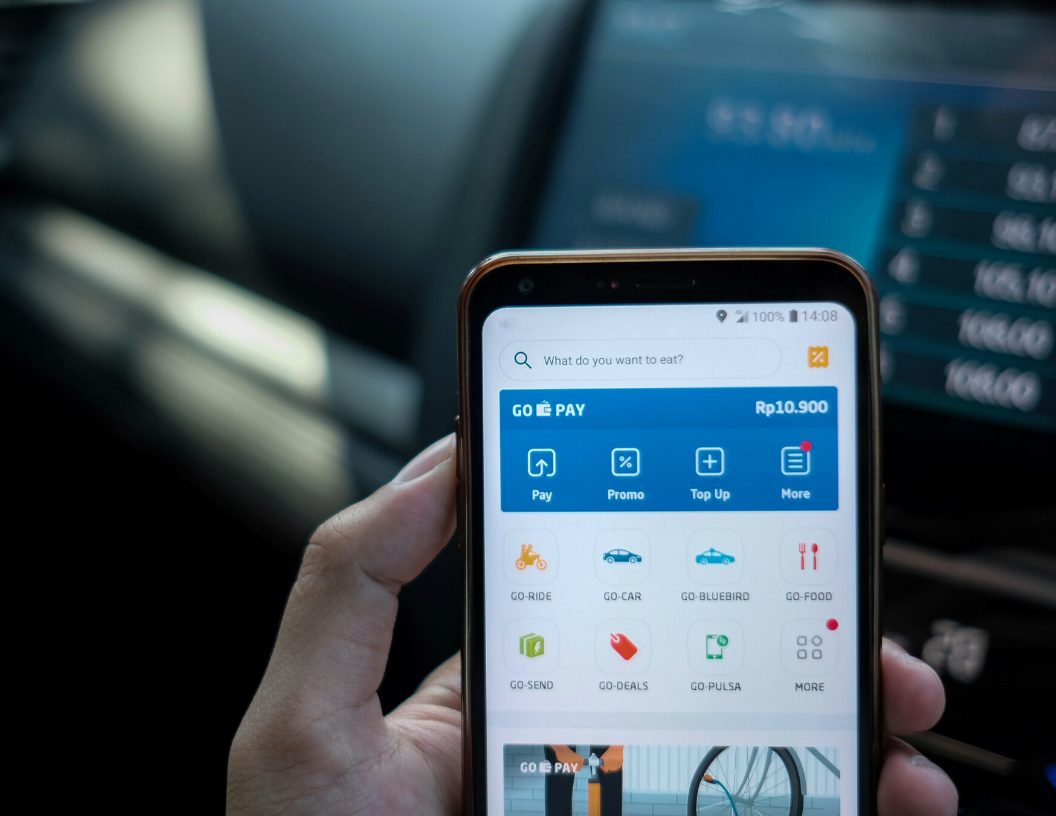In this period of economic anxiety, many consumers are concerned about their finances as they think about their future — which means it’s a good time for financial technology (fintech) companies to take action. A batch of consumers are newly eager to explore investment software, budgeting programs, and retirement accounts, among other financial services and products. Plus, they’re eager to do it from the comfort of their home, as 73% of Americans are embracing mobile and digital banking amid social distancing, creating a great opportunity for upstart apps.
This increased interest is not confined to the financially savvy, either – in fact, a great number of prospective customers likely are new to this, meaning that now, more than ever, fintech companies need to explain how their products work and educate folks on nitty-gritty details, like what the difference is between an IRA and a Roth IRA.
Partnerships give fintech stability amid turbulence
But businesses across all verticals are riding a roller coaster right now, as financial anxiety touches businesses themselves, as well as consumers. For fintech, it’s more important than ever to take advantage of every channel possible.
That includes partnerships, which present a unique opportunity to get your brand, services and products in front of this audience of newly interested prospects. Partnerships are uniquely positioned to solve some of the biggest issues that come with growing a fintech company, including long consideration phases, the pressure to grow, and the risk of paying out for customers that ultimately provide little value.
A long consideration phase is perfect for partnerships
Financial products and services have a very long consideration phase. While the fintech label covers a wide variety of businesses, from brokerages to money transfers to budgeting apps, one thing that remains true for all of these companies is that people don’t make the decision to dive into these products on a whim. New customers are not going to download an app and figure out their budget while standing in line at the grocery store. It’s unlikely that someone will start trading stocks for the first time without at least googling “best stock trading apps” and reading about the best-reviewed brokerages.
And the impetus to search out these products is not random. The decision to research and purchase fintech products is often triggered by something else – life events like a marriage, the birth of a child, college graduation, a personal epiphany, or even macroeconomic factors such as, unfortunately, fear of an uncertain financial future.
No matter what triggers the need/desire to look into various fintech apps or products, all of these potential customers share the same need before they make a decision. That need is guidance. These people want experts, recommendations, and education so that they can make the right decisions with their money. Many people have a weak understanding of financial products. In particular, only 24% of millennials claim to have a basic understanding of financial concepts.
It’s this need that makes partnerships such a perfect fit, especially content partners, influencers, and strategic B2B partnerships. With 92% of millennials saying they don’t trust banks, there is a great opportunity for fintech companies to take advantage of partnerships and bridge the gap with customers.
Meeting growth challenges through partnerships
Another challenge many fintech companies face is the need for growth. Seeing the potential to disrupt the more established financial services industry, investors have pumped a lot of capital into the fintech space. A competitive marketplace that gets more and more crowded, along with the growth demands that come with big funding rounds, put pressure on the marketing and sales teams to bring in new customers. But again, financial decisions aren’t made on impulse. Media and advertising can raise brand awareness, but there’s a clear need for an education component that will bring the customers in and teach them about the products that they’re looking for, and what’s right for them, whether it’s a budgeting app or an IRA.
Reducing payout risk
With all of the economic uncertainty and confusion brought on by growing unemployment, there’s a lot of risk right now for financial services companies. Many big credit card issuers are especially careful issuing new cards, because FICO scores don’t immediately reflect score-altering events like the loss of a job. Fintech companies like brokerages, budgeting software, cryptocurrency apps, or payday lenders can capitalize on partnerships, but it’s dangerous to pay for each and every app installs or new user, because they don’t know if these users will have long-term value.
Fortunately, partnerships offer a lot of flexibility, and fintech companies can set up their contracts so that they pay nothing for an install or new user, and instead pay when those users first complete some valuable action, such as depositing funds into an account. This handles the task of finding new ways to grow a customer base, while not extending yourself in risky ways to add those users.
Content partnerships are the foundation
As we’ve established, education is key for the fintech sector, making content marketing the real hero. Building out content plans that can help educate around things like IRAs is a great way to provide prospective customers with something of value. The trouble is that creating all that content can be extremely time-consuming. And even once you’ve produced that content, there’s still the issue of getting it in front of fresh audiences. This is why content partnerships are ideal — they let fintech brands essentially outsource content marketing, while simultaneously latching onto the partner’s unique audience and reach.
Comparison sites are the cornerstones of any content partnership program. These sites, like NerdWallet or Investor Junkie, can cover a wide range of financial products or just a single category, like home loans or credit cards or brokerages. The more specialized sites are sometimes labeled “niche content,” but don’t confuse “niche” with “insignificant”. These sites are experts in what they report on and have built up trust for their brands — not to mention valuable SEO for terms your potential customers are searching. Getting on customers’ radar often involves being featured on their sites in one way or another.
It’s not possible to simply buy your way into the #1 slot in an article comparing fintech apps — after all, editorial integrity and trustworthiness are core qualities for anyone looking to retain credibility. But it is important to approach these sites about their affiliate programs, introducing your company and products to both the partnership and editorial sides of the business. This is the fastest way to earn a seat at the table and raise awareness, ensuring that when editorial does rank your products, they include referral links so that you can track the amount of traffic and/or downloads these content partners are sending your way.
A different approach to influencers
While influencers are commonly associated with verticals that have direct online sales channels, like fashion, they are relevant to the world of fintech. The main thing to look for when recruiting influencer partners is their credentials. You want to work with someone who is an industry leader, which can run the gamut from an economist, an industry veteran who has worked for a major brokerage for a decade, or a blogger with a depth of knowledge on the subject.
These personalities are likely already offering advice on how to manage money, and thus fit in nicely with the need to educate potential customers during the long consideration phase. They can also speak to niche audiences — for example, travel influencers may be experts on travel points that come from credit card mile offers. If these influencers blog about ways to get the most miles from cards, they may qualify as a potential partner for your fintech program.
Strategic B2B partnerships open up new avenues
In the finserv world, strategic B2B partnerships are common, especially with banks building out loyalty portals or developing products in collaboration with retail brands. There are fewer established partnership templates in the fintech world, but no shortage of opportunity. We’ve seen budgeting apps recommend relevant financial products based on a given user’s activity, for instance. When you find an adjacent or complementary business, setting up a referral partnership can be beneficial to all parties — including the user.
Partnerships make perfect sense
In an industry like finserv, it’s essential to educate prospective customers at scale, and to be part of the conversation when they’re looking for a product or service you provide — and that’s where partnerships shine. Building a program that guides potential customers and helps them understand which products match their needs and goals is easy to do through content partnerships, influencers, and strategic B2B partnerships. Fintech brands that aren’t already taking advantage of partnerships need to dive in now, to ensure that they can help educate an emerging audience full of questions about financial products and services.




